a pair of decorative wall plates.
Vraag
These plates have been in my family for many years. One relative says they are reproduction plates from the 1950s, and another says they are much older (1800s) and are more valuable. What is the truth? Thank you for your help.
Afmetingen
diameter of 40 cm/16 inches
Collectie
publiekscollectie
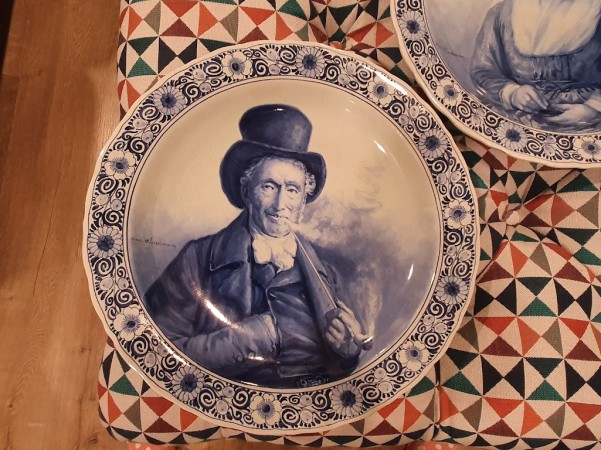

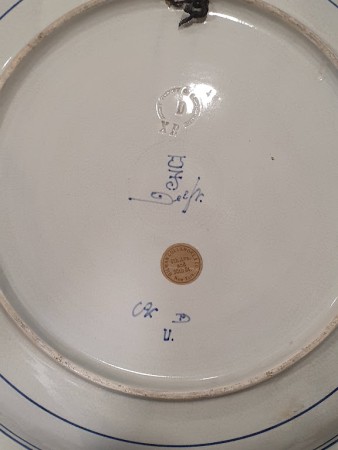
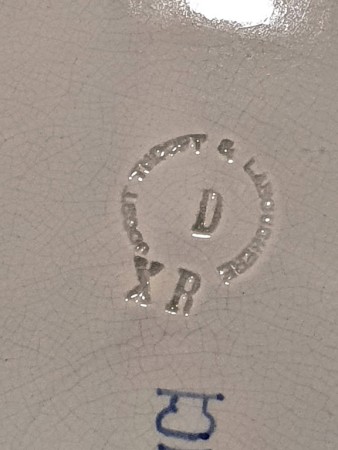










Reacties 2
in my opinion they are both De Porceleyne fles. The one with the man with hat was made in 1882 but the painters name i dit'nt find so far. The one with the woman must be about the same age but the signs are not visible on the picture. In any case they are handpainted in the period that Joost Thooft en Abel Labouchère were owners and partners. ( Flesje JL and later Flesje JT).
Made in Delft so... real
The factory was founded by David Anthonisz v.d. Pieth, and was originally located at Oosteinde 175 in Delft. Due to competition from foreign factories, which produced harder pottery that could also be painted more finely, the original Delft Blue was switched to mass production of cheaply printed pottery in the mid-19th century. In 1876, engineer Joost Thooft from Delft bought the factory with the aim of producing Delft Blue pottery again and increasing the quality. Abel Labouchere worked there from 1881; in 1884 he became Thooft's business partner. With their staff, they developed high-quality Delft Blue ceramics that quickly became world famous. After Thooft's death, Labouchere continued the factory alone. The factory received the designation Royal in 1919. In addition to Delft blue pottery, cloisonné tiles were also produced from 1907 to 1977. With these tiles, the different colors of glaze, which make up the image, are separated by clay edges. The Royal Delft Group was created in 2008 through the acquisition of crystal producer Glasfabriek Leerdam and silversmith Koninklijke Van Kempen & Begeer.
Verdict:
Analysis:
De Porceleyne Fles, Delft
U=1899
Painter's mark unknown to me.
Add new comment
Only logged in users can post comments
Log in or register to post comments